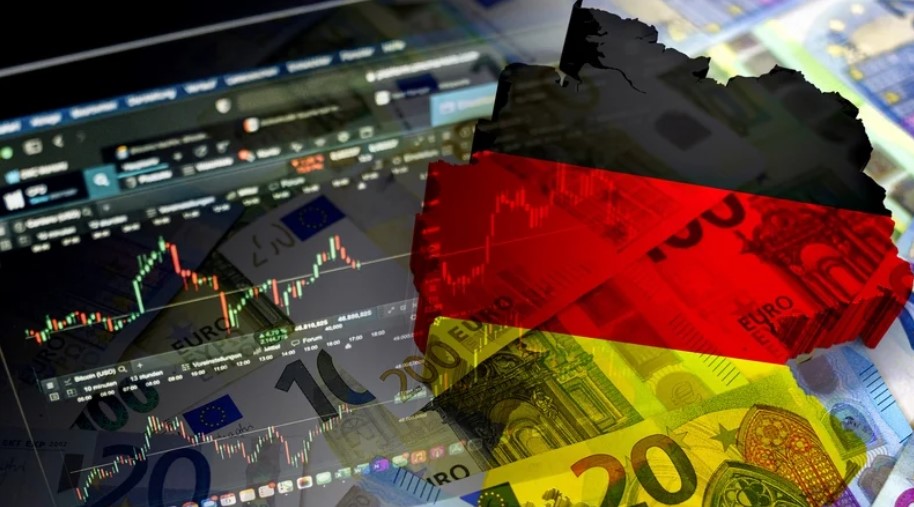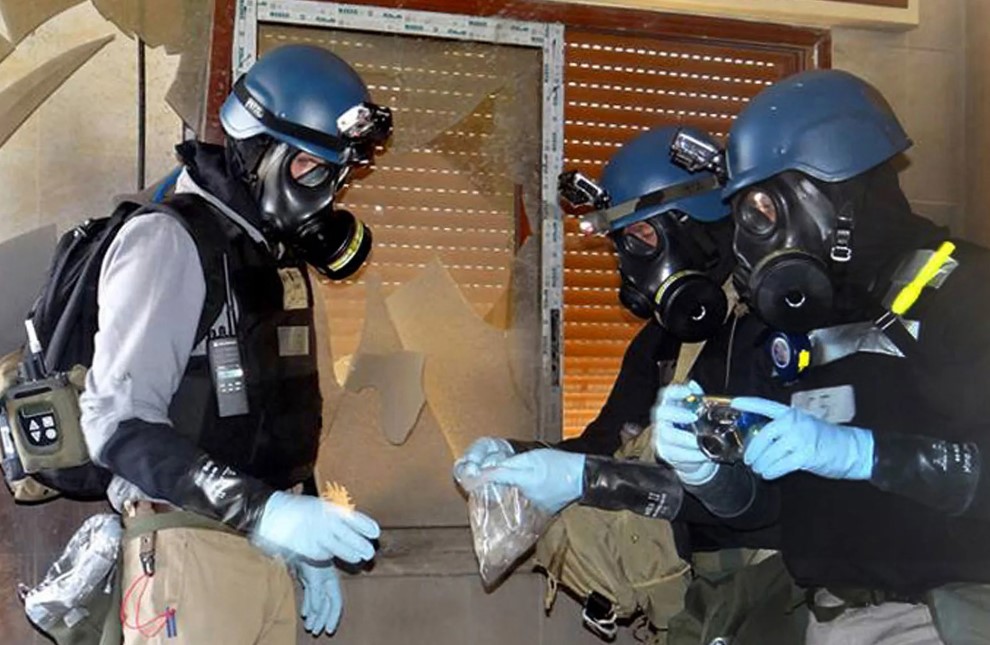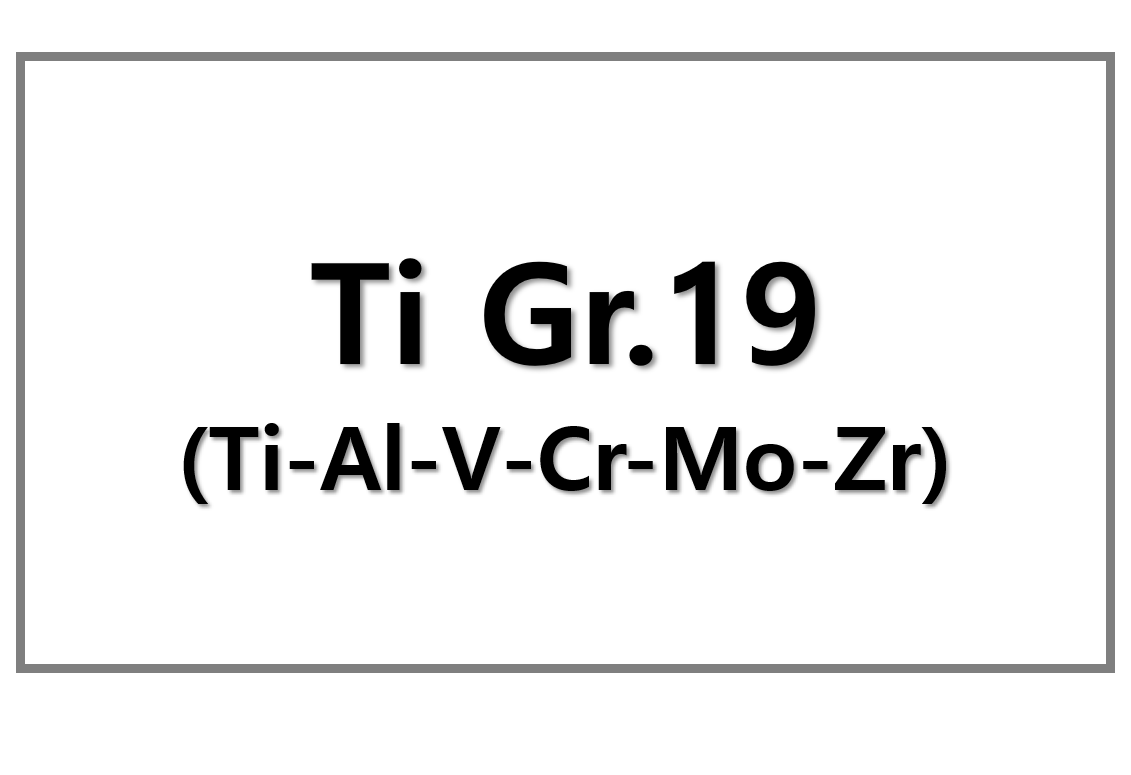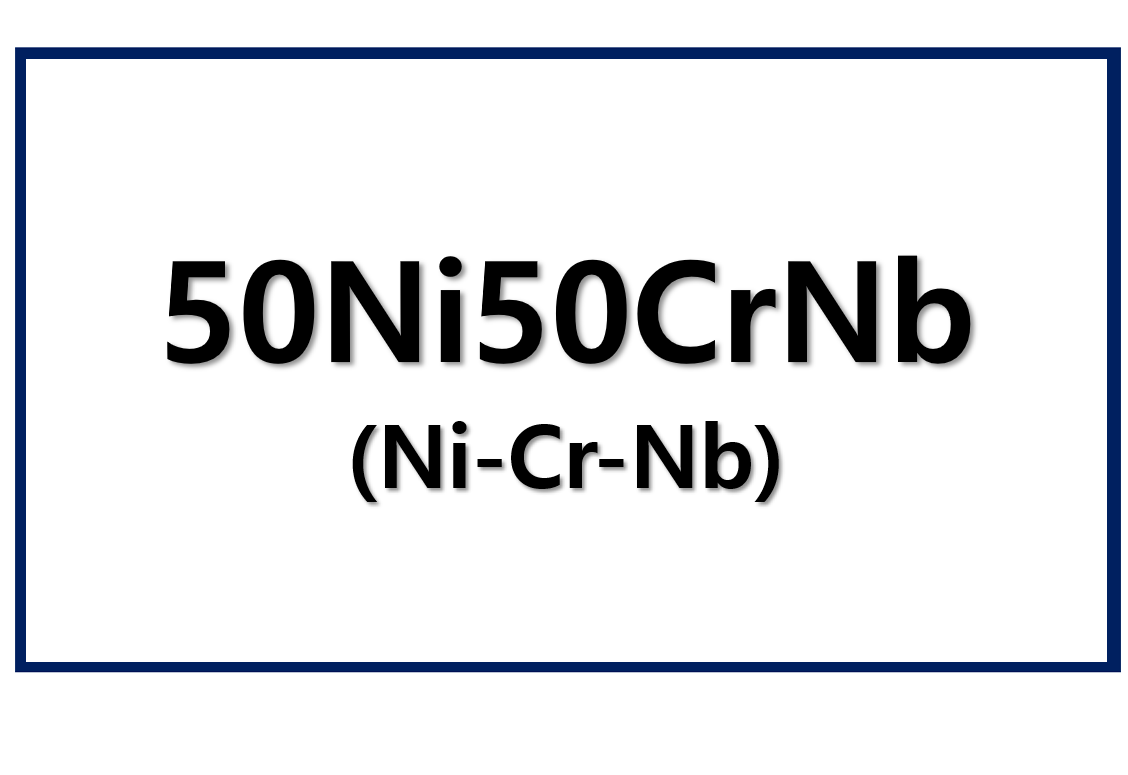
In a surprising move, President Donald Trump announced that copper and its derivatives would be exempt from the newly imposed tariffs. This exemption is part of an ongoing Section 232 investigation into the national security risks of the US’s copper supply chain. The investigation began in February 2024 and will likely shape future trade policies on copper.
Section 232 Investigation and Its Implications for Copper Tariffs
President Trump imposed a 10% baseline tariff on all foreign imports. However, some materials, including copper and lumber, were exempted. The Department of Commerce is investigating whether the copper supply chain poses a national security risk. This investigation could take up to nine months. The findings may lead to new policy changes, possibly affecting copper tariffs in the future.
Copper derivatives, such as cathodes and wire, currently face taxes ranging from 1% to 3%. While this tariff relief has been granted, future changes could still arise based on the Section 232 investigation’s findings.
Challenges in Domestic Copper Production
In 2024, the US imported 1.7 million metric tonnes of copper and its derivatives. Of that total, 905,300 tonnes were copper cathodes. Most of these imports came from trade partners like Chile, Canada, Peru, and Mexico. Despite these imports, the US faces challenges in domestic copper production due to a lack of smelting infrastructure. Only two copper smelters currently operate in the US, limiting domestic supply capabilities.
Policy Recommendations to Boost Domestic Copper Production
The US Chamber of Commerce has proposed several measures to improve the US copper industry. These include offering tax credits for domestic copper production, increasing collaboration with trade partners, and reforming the mining permitting process. These efforts aim to overcome the challenges the US faces in boosting copper supply, despite its abundant reserves.











Leave a Reply
You must be logged in to post a comment.